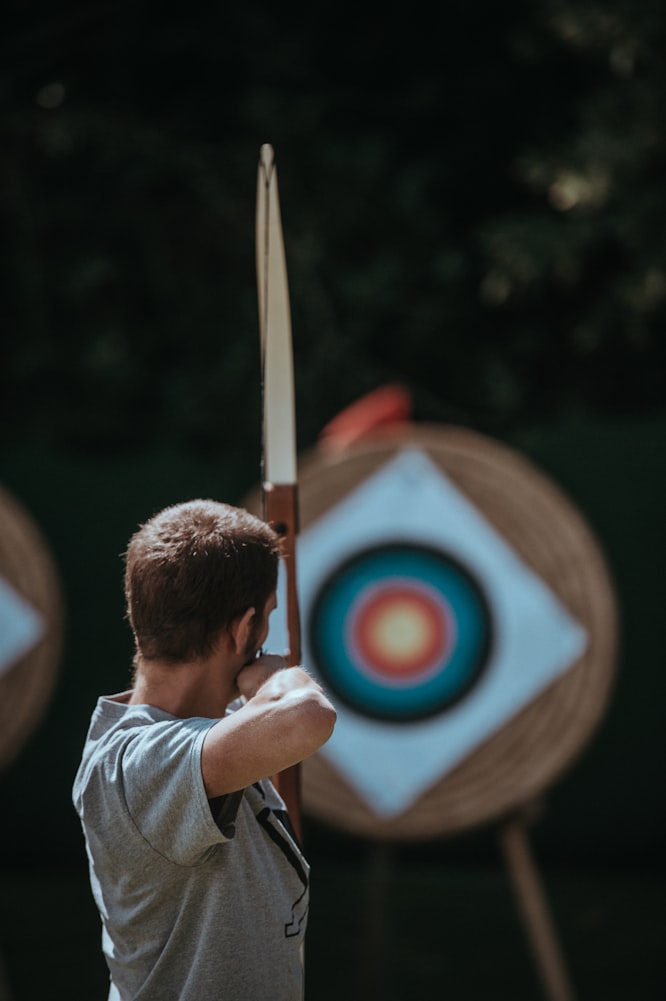You've probably heard the old saying, "If you don't care where you're going, any road will get you there." I think there is a lesson for all who serve as teachers in this in terms of setting goals for what we want our students to learn: if we aren't clear about our goals...any road will get us there.
But most of the time we do have goals for what we intend our students to learn! And this the key idea for learning targets: a well-framed learning target will help keep you on track as a teacher, and will also give clarity for students, so they will know what we are learning, and why.
In their excellent book, Understanding by Design, Grant Wiggins and Jay McTighe describe an alignment process from learning targets to instructional methods to assessment vehicles. The big idea? Clear learning targets give clarity on how you will know if students understand (which informs your assessment vehicles), and knowing how you will know what students understand informs your instructional methods. Basically, learning targets are the key for everything else! Without clarity on what we are intending students will learn, how will we know if they have hit the target? How will we know what we should be focusing on in our teaching?
 |
| Image by Annie Sprat via Unsplash |
Now, certainly clear learning targets are a benefit for all learning situations, not just distance learning! But in my experience clear communication is key to helping students manage the work of learning at a distance. Clear learning targets makes for clear communication about what they are learning, and why. So get in the habit of clearly explaining the target--why make students hurt themselves trying to figure out the main idea? It's much kinder of us to just tell them!
What makes for a strong learning target? You might use these principles to guide you...
Strong learning targets:
- Give a clear explanation of what students should know, understand, be able to do, feel, or believe.
- Are focused on what students do, not what instructors do. (Try starting them with, "I can...")
- Use action verbs to give direction for how students can provide evidence of their learning.
- Demonstrate awareness of both activity orientation and coverage orientation--the “twin sins" of design, as Wiggins & McTighe put it. (Walking that line of not just devolving into a series of activities that aren't connected to important learning and also not devolving into a series of topics to be "covered" with no time to actually understand them.)
- Ideally, allow for multiple pathways to mastery. (There might be multiple ways to learn something, and multiple ways to demonstrate that you've learned it!)
How to write a strong learning target? Here are a few examples to consider...
1. In a grammar lesson, perhaps the teacher has a learning target of, "Students will know how to identify the main idea in a paragraph." Now, this is an excellent skill that students should learn! But in light of the suggestions above, here is perhaps a stronger way of framing this learning target:
- I can summarize a paragraph’s main idea by writing one sentence in my own words.
2. In a history lesson, perhaps the teacher has a learning target of, "Students will read pages 125-128 of their history textbooks to learn about the causes of the American Civil War." Again, students should learn about the causes of the war, but this one perhaps leans into the sin of "coverage." A stronger way of framing this learning target:
- I can describe multiple sources of conflict that led to the start of the Civil War.
3. In a science lesson, perhaps the teacher has a learning target of, "Students will build a paper airplane that can stay in the air for at least five seconds." This is a very difficult task! Is this the real learning target--the building of the airplane? This is likely the sin of "activitymania." A stronger way to frame this target might be:
- I can describe my design process for creating a paper airplane that can stay in the air as long as possible.
These are just suggestions, of course, but I hope they illustrate the principles listed above. Will crafting a strong learning target suddenly make you into a master online teacher? Perhaps not...but it's a step worth taking!
---
(This post is part of a series offering tips on distance teaching. You can read more about this project here: Distance Teaching Tips. You can also read all of the posts in this series here: Distance Teaching Tips Series.)
I find it an interesting challenge to think about a belief as a learning target...what does that look like?
ReplyDeleteI think a lot of teachers in Christian schools actually do this. If we intend some sort of faith formation as part of our teaching, doesn't that make belief a learning target? Hard to measure? Likely. But I don't know if that means we shouldn't list them as targets.
Delete